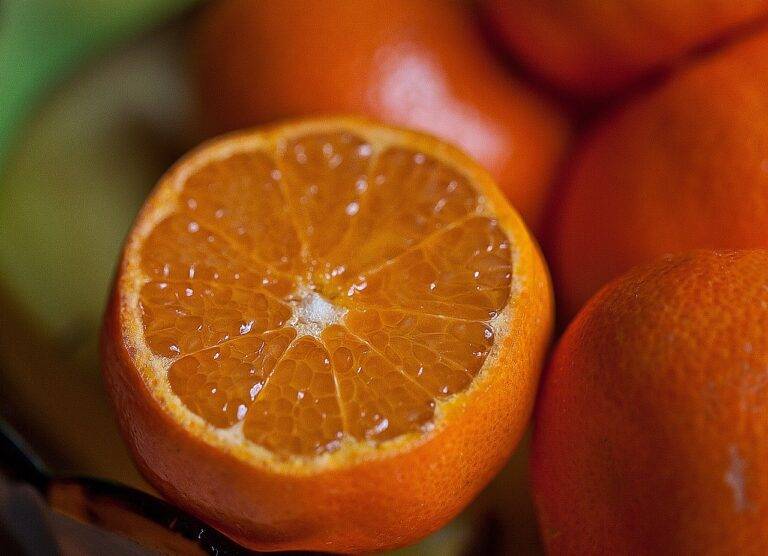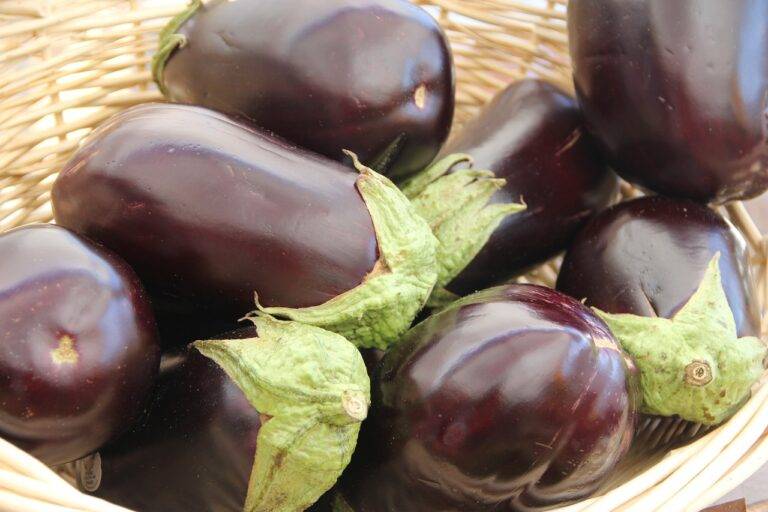The Story of Chocolate: From Bean to Bar
Cacao, also known as Theobroma cacao, has a rich and fascinating history that dates back thousands of years. Believed to have originated in the Amazon rainforests of South America, cacao was treasured by ancient civilizations such as the Mayans and Aztecs for its medicinal and ceremonial properties. The word “cacao” is thought to have been derived from the Olmec civilization’s word “kakawa,” which eventually evolved into the term we use today.
Through archaeological discoveries and historical accounts, it is evident that cacao played a central role in the rituals and daily lives of these early civilizations. The Mayans, for example, used cacao beans as a form of currency and as an offering to their gods. The Aztecs prepared a bitter beverage called “xocolatl” made from crushed cacao beans mixed with water, chili peppers, and spices, considering it a divine elixir with mystical powers. The cultivation and consumption of cacao eventually spread beyond South America, becoming a global commodity that is beloved by people of all ages around the world today.
Cultivation and Harvesting of Cacao Beans
Cacao beans are cultivated in regions with specific climate conditions, including consistent warmth, humidity, and well-drained soil. The trees require shaded environments to thrive, often growing under taller trees such as banana or plantain to protect them from direct sunlight. Once the cacao pods are ripe, they are carefully harvested by hand to avoid damaging the delicate fruit within.
Harvesting cacao beans is a labor-intensive process that involves cutting the ripe pods off the trees with a machete or similar tool. The pods are then opened to reveal the cacao beans surrounded by a sweet, white pulp. Farmers must carefully extract the beans and pulp without harming them, as the quality of the beans directly impacts the flavor of the chocolate produced. After extraction, the beans undergo fermentation and drying processes to develop their distinctive flavor profiles before being shipped to chocolate manufacturers around the world.
What are the origins of cacao?
Cacao beans come from the cacao tree, which is native to the tropical regions of Central and South America.
How are cacao beans cultivated?
Cacao beans are cultivated by planting cacao trees in humid, tropical climates with rich soil. The trees require shade, humidity, and protection from winds.
How long does it take for cacao trees to produce beans?
Cacao trees typically start producing pods with cacao beans in 3-5 years after planting.
How are cacao beans harvested?
Cacao beans are harvested by hand, where farmers carefully cut ripe cacao pods from the trees using machetes or knives. The pods are then opened to extract the cacao beans inside.
What is the harvesting season for cacao beans?
The harvesting season for cacao beans varies depending on the region, but it typically occurs twice a year during the dry season.
How are cacao beans processed after harvesting?
After harvesting, cacao beans are fermented, dried, roasted, and then cracked to remove the outer shell to reveal the cacao nibs inside.
What are the different varieties of cacao beans?
There are three main varieties of cacao beans: Criollo, Forastero, and Trinitario, each with its own unique flavor profile and characteristics.





